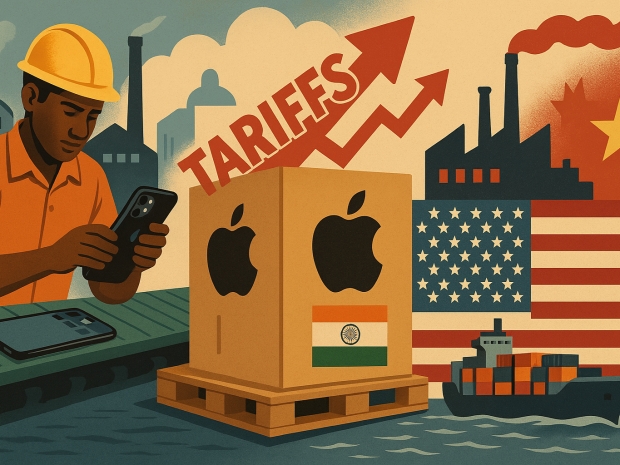The move aims to double Indian output, currently a fraction of global production, and sever ties with Chinese assembly lines that have powered Job’s Mob for nearly two decades.
According to the FT, the US accounted for 28 per cent of Job’s Mob’s 232.1 million global iPhone shipments in 2024. But Donald Trump’s “reciprocal” tariffs—some topping 100 per cent—have already wiped $700 billion off Apple’s market value, prompting a hasty reroute of Indian-assembled iPhones to dodge the import tax axe.
Foxconn and Tata Electronics are ramping up Indian capacity, but the supply chain still leans heavily on Chinese-made components. Assembly might shift, but the guts of the iPhone remain made in the Middle Kingdom.
India’s own 26 per cent tariff on US goods is currently on ice as New Delhi and Washington flirt with a trade deal. US vice-president JD Vance claims “very good progress,” but the clock’s ticking.
Futurum Group’s Daniel Newman reckon Job’s Mob is moving at “relative light speed” to dodge tariff fallout. But with quarterly earnings due next week and no official word on the shift, investors are left guessing how much pain is still to come.
One thing which has us scratching our heads is that tarriffs were supposed to encourage American production, but Job's Mob has just shifted to a slightly more popular third world country to do its business.




